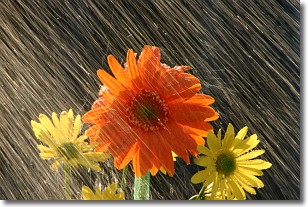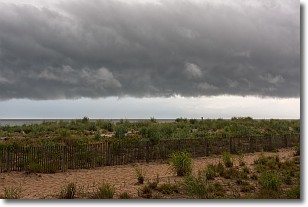Weather Alert in Alaska
Red Flag Warning issued July 6 at 9:08AM AKDT until July 8 at 12:00AM AKDT by NWS Fairbanks AK
AREAS AFFECTED: South Slopes Of The Central Brooks Range; Upper Koyukuk Valley; Dalton Highway Summits
DESCRIPTION: The National Weather Service in Fairbanks has issued a Red Flag Warning for lightning, which is in effect from noon Monday to midnight AKDT Monday night. * AFFECTED AREA...South Slopes Of The Central Brooks Range, Upper Koyukuk Valley and Dalton Highway Summits. * TIMING...From noon Monday to midnight AKDT Monday night. * THUNDERSTORM COVERAGE INDEX...4, Scattered to Numerous. * WINDS...West 10 to 20 mph with gusts up to 30 mph. Stronger gusts are possible in thunderstorms. * HUMIDITY...As low as 40 percent. * TEMPERATURES...Highs in the mid 80s. Lows in the upper 30s. * IMPACTS...Numerous wet thunderstorms across the interior will bring frequent lightning strikes and gusty winds.
INSTRUCTION: A Red Flag Warning means that conditions are occurring or will occur which could lead to the development of large and dangerous fires. It is directed toward fire agencies, and through them, to the public. Please advise the appropriate officials or fire crews in the field of this Red Flag Warning.
Want more detail? Get the Complete 7 Day and Night Detailed Forecast!
Current U.S. National Radar--Current
The Current National Weather Radar is shown below with a UTC Time (subtract 5 hours from UTC to get Eastern Time).

National Weather Forecast--Current
The Current National Weather Forecast and National Weather Map are shown below.

National Weather Forecast for Tomorrow
Tomorrow National Weather Forecast and Tomorrow National Weather Map are show below.

North America Water Vapor (Moisture)
This map shows recent moisture content over North America. Bright and colored areas show high moisture (ie, clouds); brown indicates very little moisture present; black indicates no moisture.

Weather Topic: What is Precipitation?
Home - Education - Precipitation - Precipitation
 Next Topic: Rain
Next Topic: Rain
Precipitation can refer to many different forms of water that
may fall from clouds. Precipitation occurs after a cloud has become saturated to
the point where its water particles are more dense than the air below the cloud.
In most cases, precipitation will reach the ground, but it is not uncommon for
precipitation to evaporate before it reaches the earth's surface.
When precipitation evaporates before it contacts the ground it is called Virga.
Graupel, hail, sleet, rain, drizzle, and snow are forms of precipitation, but fog
and mist are not considered precipitation because the water vapor which
constitutes them isn't dense enough to fall to the ground.
Next Topic: Rain
Weather Topic: What are Shelf Clouds?
Home - Education - Cloud Types - Shelf Clouds
 Next Topic: Sleet
Next Topic: Sleet
A shelf cloud is similar to a wall cloud, but forms at the front
of a storm cloud, instead of at the rear, where wall clouds form.
A shelf cloud is caused by a series of events set into motion by the advancing
storm; first, cool air settles along the ground where precipitation has just fallen.
As the cool air is brought in, the warmer air is displaced, and rises above it,
because it is less dense. When the warmer air reaches the bottom of the storm cloud,
it begins to cool again, and the resulting condensation is a visible shelf cloud.
Next Topic: Sleet
Current conditions powered by WeatherAPI.com




